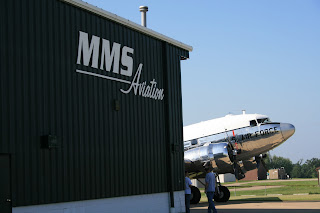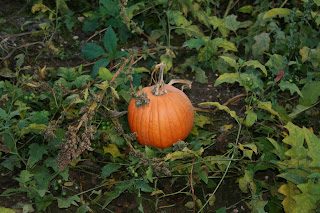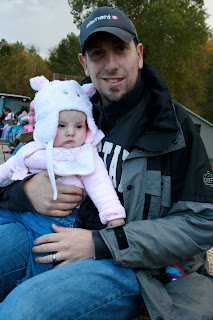How many aviation missions do you think are out there at the moment? How many could you actually name? (I hope at least two ... the two that we are involved with ... you know ... it's there somewhere!!)
Well, there are over 120 aviation missions around the world that include training schools, maintenance facilities, flying missions that transport people/equipment for other missions and missions that fly themselves. Mark will fill you in on some of the finer details ...
I hope that you remembered MMS Aviation and MAF UK (Mission Aviation Fellowship). MMS Aviation is a training school and a repair station here in Coshocton, Ohio where I have been training for the past two years. Then in a years time, when the training is over and hopefully I will have an A&P License in my name, I will be serving with MAF UK for a minimum of eight more years somewhere in the developing world.
Whilst at MMS Aviation, I have been exposed to numerous different missions, some that I had heard of before but many that I had not. At the moment I am working on a Cessna 402 belonging to Wings with The Word. Also in the hangar right now we have Air Calvery's Cessna 207 from Gabon and Asas de Socorro's Cessna 206 which are both about to be returned to service. Then there is a Cessna 172 from GCI (Gospel Carrier International). They have two others aircraft that come in periodically for servicing. They are a Beechcraft King Air and a Cessna 310. The final aircraft here at the moment that represents another mission is a Cessna 206 from MAG (Missionary Air Group).
So, there are seven missions represented at the moment in the hangar but I have worked on many more from other missions. These include a Douglas DC-3 from MFI (Missionary Flights International), a Piper Aztec from Pfeifer Evangelical Association, Brigade Air's Cessna 172 and a MAF Cessna 206. There are also many other missions that we at MMS have contact with: JAARS, CMML (Christian Missions in Many Lands), AIM Air (Africa Inland Mission), SAM Air (South American Mission), Moody Aviation, Arctic Barnabas and Agape Flights.
Lastly, there are two other Missions that are very important to what we do. There is IAMA (International Association of Missionary Aviation) and MSI (Mission Safety International). Although they do not fly, repair or train, they are very important in keeping Mission Aviation groups alive and able to operate.
Since 1975, when MMS Aviation first came about, they have been able to serve 96 mission aviation organisations by either repairing/servicing their aircraft, sending a Rapid Response team to help them in the field, or a newly licensed A&P mechanic has joined them to serve. Just in 2010, MMS engineers and apprentices worked on 31 missionary aircraft from 15 ministries and invested over 11,000 maintenance hours saving mission aviation approximately $450,000 (approx £300,000) in labour expenses alone. It's great to play a part in this.































